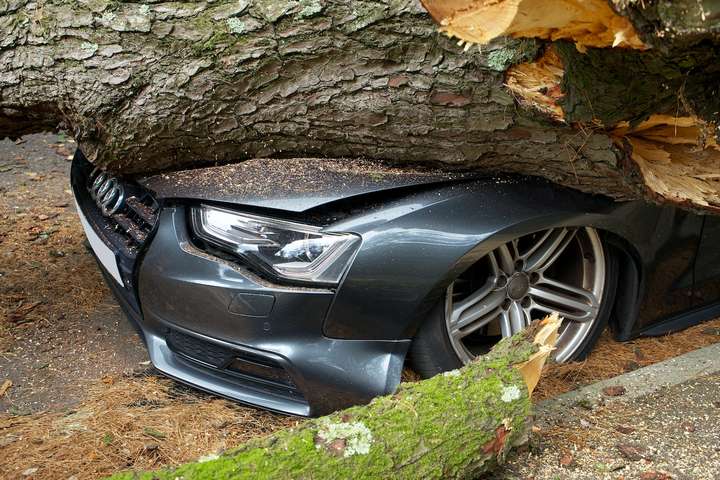Accidents leave behind evidence that tells a story—but only if investigators know how to read it. From vehicle collisions to industrial mishaps, accident reconstruction uses scientific methods to uncover what happened, why it occurred, and how it can be prevented. Today’s reconstructions are powered by physics, engineering, computer modeling, and forensic science, making the field more accurate and reliable than ever.

Understanding the Physics Behind Crashes
Physics is at the core of accident reconstruction. Investigators analyze forces, motion, and energy to reconstruct events.
- Newton’s Laws of Motion helps calculate impact forces and deceleration.
- Momentum and energy conservation allow experts to estimate vehicle speeds and collision dynamics.
- Kinematic analysis of skid marks, throw distances, and vehicle deformation provides precise timelines.
By combining math with real-world evidence, physics ensures reconstructions align with the physical realities of the crash.
Crash Data Retrieval (EDR) in Modern Vehicles
Modern cars contain Event Data Recorders (EDRs), often called “black boxes,” recording data seconds before and during a crash. Investigators can access:
- Vehicle speed and acceleration
- Brake and throttle positions
- Airbag deployment timing
- Seat belt usage
This data adds an objective, unbiased layer of evidence, helping to confirm or challenge eyewitness accounts.
Forensic Engineering and Damage Analysis
Physical damage tells a detailed story. Engineers examine:
- Crush patterns to estimate collision speed and impact angle
- Material failure in tires, brakes, and mechanical components
- 3D deformation mapping using digital scans for precise measurements
Linking damage to forces at play allows investigators to reconstruct accurate crash scenarios.
Photogrammetry and Laser Scanning
Accident scenes must be documented quickly. Photogrammetry and laser scanning provide:
- Accurate 3D models from photographs
- Millimeter-level measurements of debris, skid marks, and surroundings
- Virtual revisits of crash sites for detailed analysis
These tools ensure evidence is preserved long after a site has been cleared.
Computer Simulation and Models
Simulations allow experts to test scenarios that cannot be recreated physically. Software like PC-Crash, Virtual CRASH, or MADYMO models:
- Vehicle and occupant trajectories
- Multi-vehicle interactions
- Environmental factors, including road conditions and weather
Simulations integrate real-world physics with collected data, providing visual and quantitative validation of reconstruction hypotheses.
Biomechanical Analysis for Injury Reconstruction
Accident reconstruction also studies human impacts. Biomechanical analysis helps determine:
- How injuries occur during collisions
- Seat belt and airbag effectiveness
- Likely positions and movements of occupants
Matching injury patterns with accident dynamics is critical for both research and legal cases.
Digital Forensics and Video Analysis
Video evidence from dashcams, surveillance, or smartphones provide crucial insights. Techniques include:
- Frame-by-frame speed and position calculations
- Reaction time analysis
- Enhancing footage for better clarity and accuracy
Combining video with physical and digital evidence strengthens reconstruction conclusions.
AI and Machine Learning in Accident Reconstruction
Artificial intelligence is revolutionizing the field. AI can:
- Process large datasets with multiple collisions
- Detect patterns and predict likely outcomes
- Complement human expertise by reducing errors and speeding analysis
While AI does not replace experts, it can greatly improves efficiency and accuracy in complex reconstructions.
Conclusion
Scientific techniques in accident reconstruction—from physics and forensic engineering to AI and digital analysis—provide clarity in the aftermath of collisions. These methods not only can assist in determining liability, but also contribute to safer vehicles, roads, and workplaces. As technology advances, the field will continue to enhance safety and uncover the truth, proving that science is as essential to accident investigation as it is to prevention.

